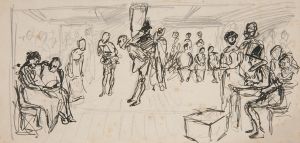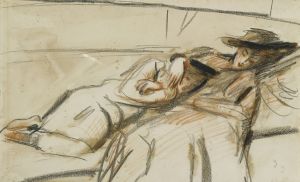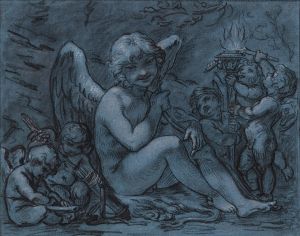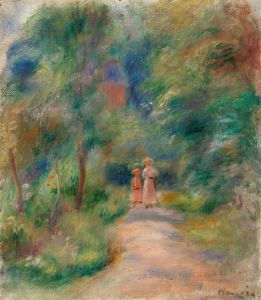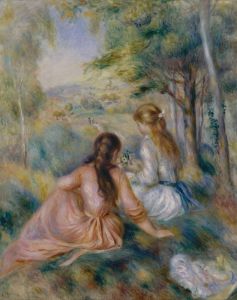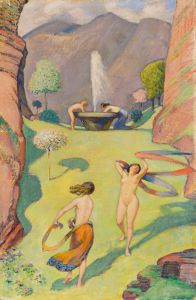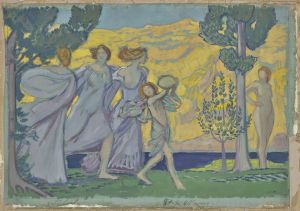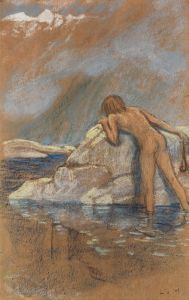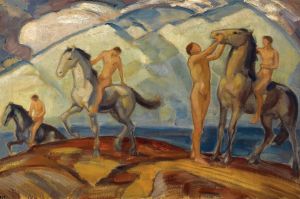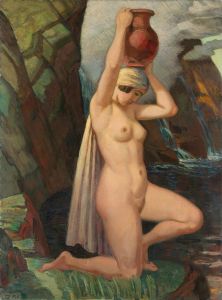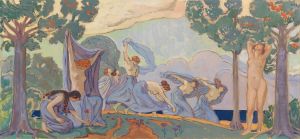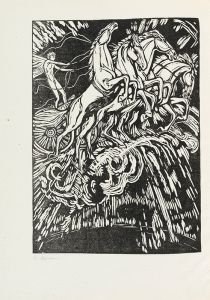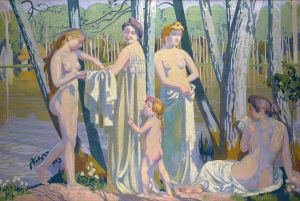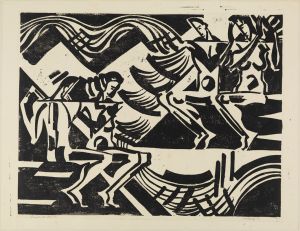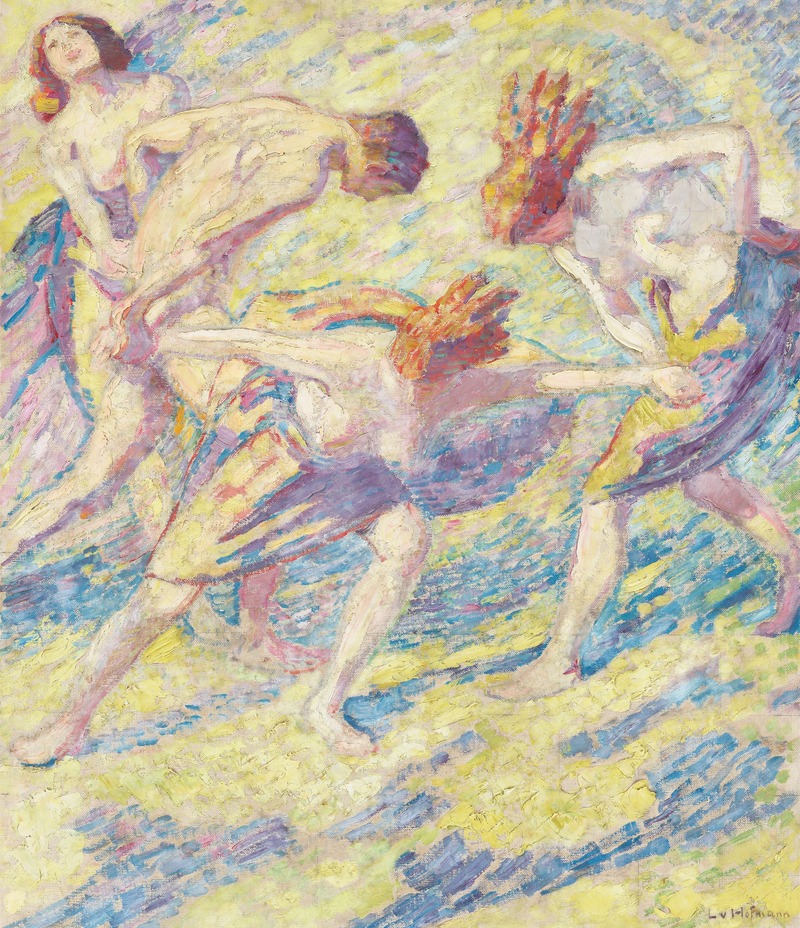
Reigen
A hand-painted replica of Ludwig von Hofmann’s masterpiece Reigen, meticulously crafted by professional artists to capture the true essence of the original. Each piece is created with museum-quality canvas and rare mineral pigments, carefully painted by experienced artists with delicate brushstrokes and rich, layered colors to perfectly recreate the texture of the original artwork. Unlike machine-printed reproductions, this hand-painted version brings the painting to life, infused with the artist’s emotions and skill in every stroke. Whether for personal collection or home decoration, it instantly elevates the artistic atmosphere of any space.
Ludwig von Hofmann (1861–1945) was a German painter and graphic artist associated with the Art Nouveau and Symbolist movements. His works often depicted idyllic, dreamlike scenes that combined elements of mythology, nature, and the human form. One of his notable works is Reigen (translated as "Round Dance" or "Dance"), which exemplifies his characteristic style.
Reigen is a painting that portrays a group of figures engaged in a circular dance, set against a serene and harmonious natural backdrop. The composition reflects Hofmann's fascination with the interplay between humans and nature, as well as his interest in themes of unity, vitality, and transcendence. The figures in the painting are often described as embodying an idealized, almost ethereal beauty, which aligns with the Symbolist movement's emphasis on evoking emotion and exploring the spiritual or mystical aspects of existence.
The painting is notable for its use of soft, flowing lines and a pastel color palette, which contribute to its dreamlike quality. Hofmann's technique demonstrates his mastery of creating a sense of movement and rhythm, as the figures appear to be in continuous motion, seamlessly blending with the surrounding landscape. This harmonious integration of human and natural elements is a recurring motif in Hofmann's body of work.
Reigen was created during a period when Hofmann was influenced by the broader cultural and artistic currents of the late 19th and early 20th centuries. The Art Nouveau movement, with its emphasis on organic forms and decorative elegance, is evident in the painting's aesthetic. At the same time, the Symbolist movement's focus on imagination and emotional resonance is reflected in the painting's evocative atmosphere.
Ludwig von Hofmann's works, including Reigen, were well-received during his lifetime, and he held teaching positions at prestigious institutions such as the Weimar Saxon-Grand Ducal Art School and the Dresden Academy of Fine Arts. His art contributed to the cultural landscape of his era and continues to be appreciated for its timeless beauty and poetic quality.
Today, Reigen is regarded as an important example of Hofmann's artistic vision and his ability to capture the essence of an idealized, harmonious world. The painting is housed in a collection that preserves and celebrates his contributions to the art world, though specific details about its current location or exhibition status may vary.





